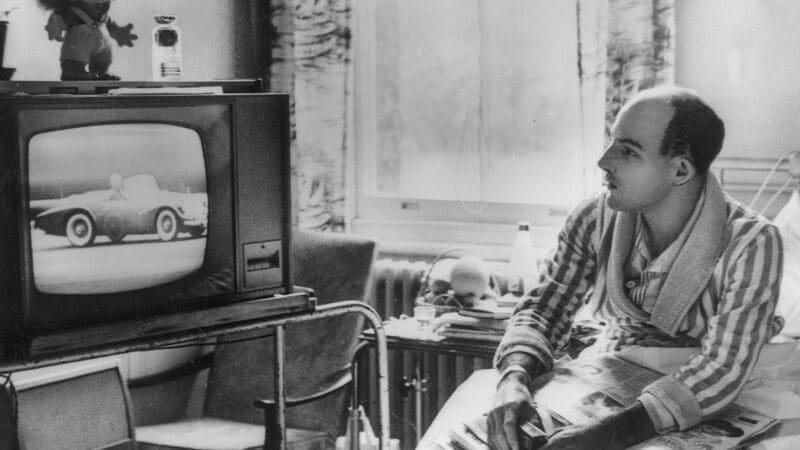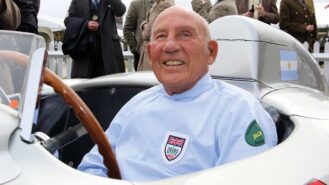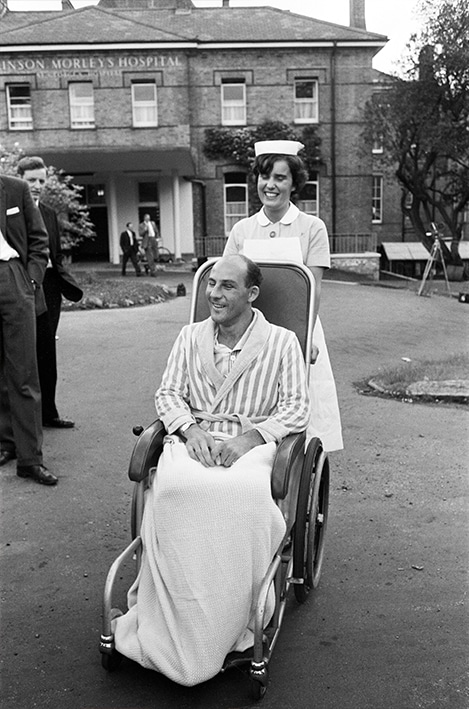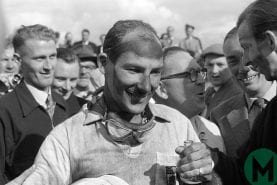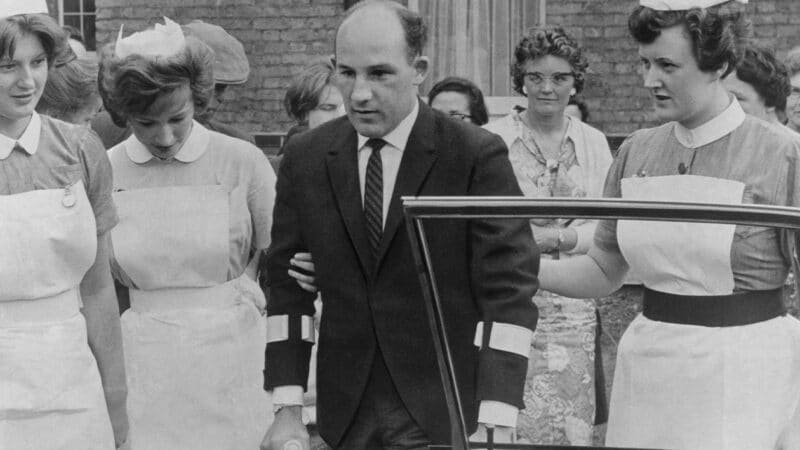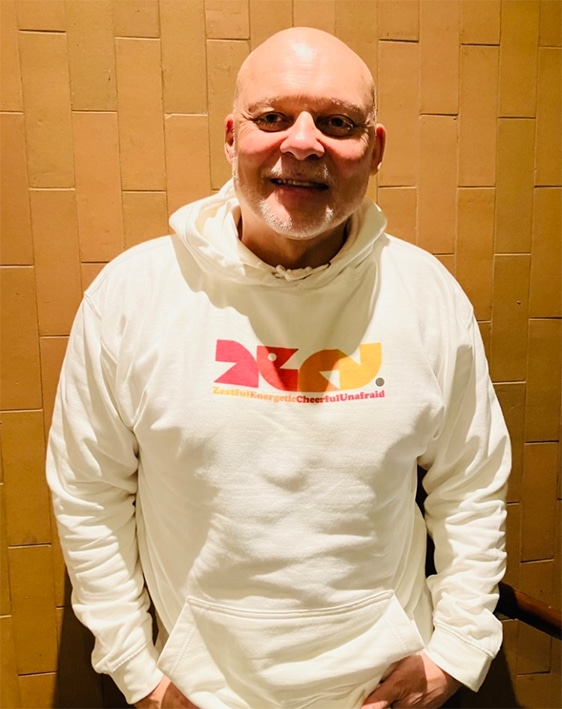If you are a regular reader of my weekly Motor Sport column, you may be wondering why I was where I was when I was writing about Jabouille, and indeed why I had already been there for 11 days and 11 nights. Well, I would remain there for another 18 days and another 18 nights, making 29 days and 29 nights in total. I had not had a heart attack, but on Monday January 15, while training in my home gym with my PT (personal trainer) as I had done three times a week for the previous nine years, I found that, although I could and did bench-press heavy weights that day – 107.5kg to be precise, which is not too shabby for a man in late middle age – I was suddenly unable to do anything like what I had grown used to being able to do on my rowing machine. Instead of powering through my usual 4 x 500m warm-up, I could not complete even half of it. We finished the session – I did my regular strength and core routines as well as ever – but any cardio exercise made my chest feel like it was going to burst. Martin, my PT, said: “Matt, mate, listen. You did a 4 x 500m warm-up no problem just last week, and now you suddenly can’t do it at all. That’s a cardio exercise. Cardio means heart. If you’d been crap at everything today, because you were feeling ill, I wouldn’t be concerned. But you’re not feeling ill, and you did your strength and core work as well as ever. You need to get yourself checked out straight away.”
I said I was WFH. I meant hospital, not home, but — hey! — same difference.
The next morning I took the 77 bus from Earlsfield, where I live, to St George’s Hospital, Tooting, and walked into the A&E (accident and emergency) department. I explained what I have outlined in the paragraph above. The A&E medics hooked me up to a heart monitor and told me that my resting heartbeat was dangerously low, ranging from 32 beats per minute to just 28 beats per minute. “But you also have AF [atrial fibrillation],” the attending doctor told me, “which means that your heart also suddenly beats very fast every now and then. We’ll therefore have to admit you to our Coronary Care Unit here at St George’s, which is world-class. We’ll have to give you some tests and scans and so on, and I’m afraid it may take a few days.” I was astonished – because, apart from when I had been doing strenuous cardio exercise on my rowing machine the day before, I had been feeling entirely normal ever since.
In the end I was hospitalised for 29 days and 29 nights, as I say, and during that time I had the following tests and scans: an angiogram, an ultrasound echocardiogram, a transoesophageal echocardiogram, a cardiac stress test, a cardiac magnetic resonance imaging test, a myocardial perfusion imaging test, a single-photon emission computed tomography scan, a positron emission tomography and computed tomography scan, and a heart biopsy. Then, once my doctors had crunched all the data that those invasive tests and scans had generated, which must have amounted to several gigabytes, I had three heart procedures/operations: a cardioversion, a coronary angioplasty/stent insertion, and the fitting of an implantable cardioverter defibrillator (basically an ultra-modern hi-tech all-singin’ all-dancin’ pacemaker), which is paired to an app on my iPhone so that I can see what it’s up to if the whim takes me.
